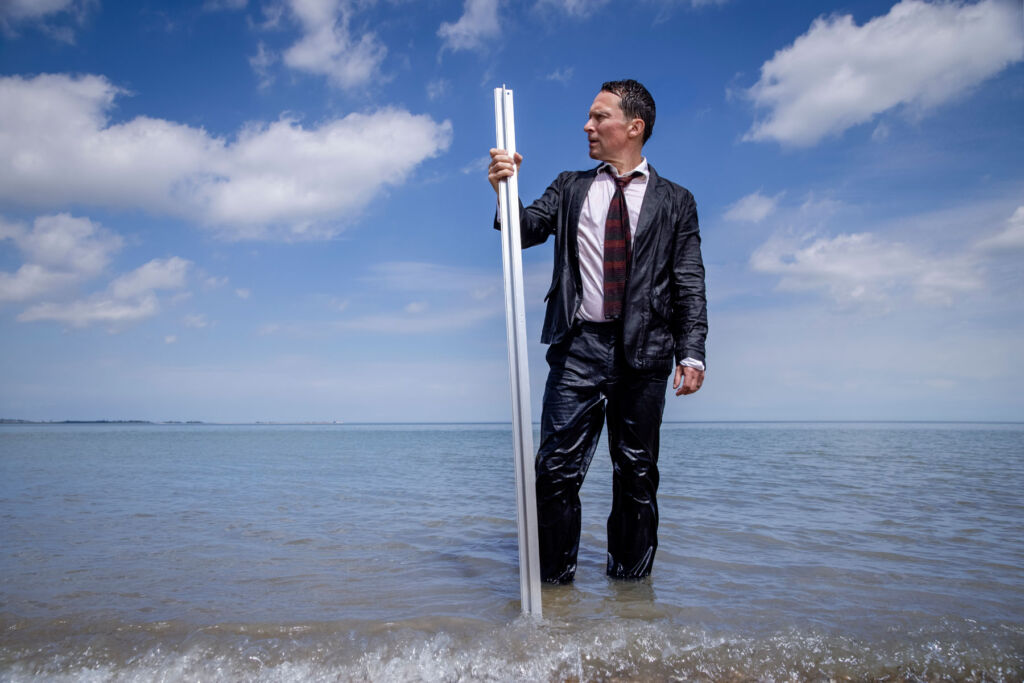
With the subject of dreams being a recurrent theme in his work, acclaimed British artist Adam Chodzko recently presented an innovative and ground-breaking exhibition supported by The British Council at Wei-Ling Gallery in Kuala Lumpur. Ong Chin Huat sat down with the artist to talk about his nightmares, his choice of mediums and what function art plays in society at large.
British artist Adam Chodzko used to experience terrible nightmares as a child. It’s no wonder then that dreams play a recurrent role in his art, as seen in his latest exhibition titled ‘but as we look it suddenly began to change’ held at Wei-Ling Gallery recently.
This unique exhibition, which features Chodzko’s recent and new works comprised of videos, drawings and process-based sculpture, is based around dreams, their ephemeral qualities and what dreams mean to be human.
What is it about the nocturnal state which fascinates him as an artist? “Some of it is personal”, he says, revealing that his nightmares got so bad at one point he avoided going to sleep. “But over the years, I’ve changed how I’ve looked at dreams, and now my question is whether they bring us closer to an alternate reality or a parallel universe which exists besides the one we know.”
 The Pickers (2009).
The Pickers (2009).
But for the moment, Chodzko’s reality is one where his critically acclaimed work has been exhibited in the UK and internationally in the Tate and Tate Britain; Museo d’Arte Moderna, Bologna; Venice Biennale and The Benaki Museum, Athens, among others.
His artwork is also in the collections of the Tate, the Saatchi Collection, the Auckland City Art Gallery, Plains Arts Museum, North Dakota, USA, as well as in international art collections.
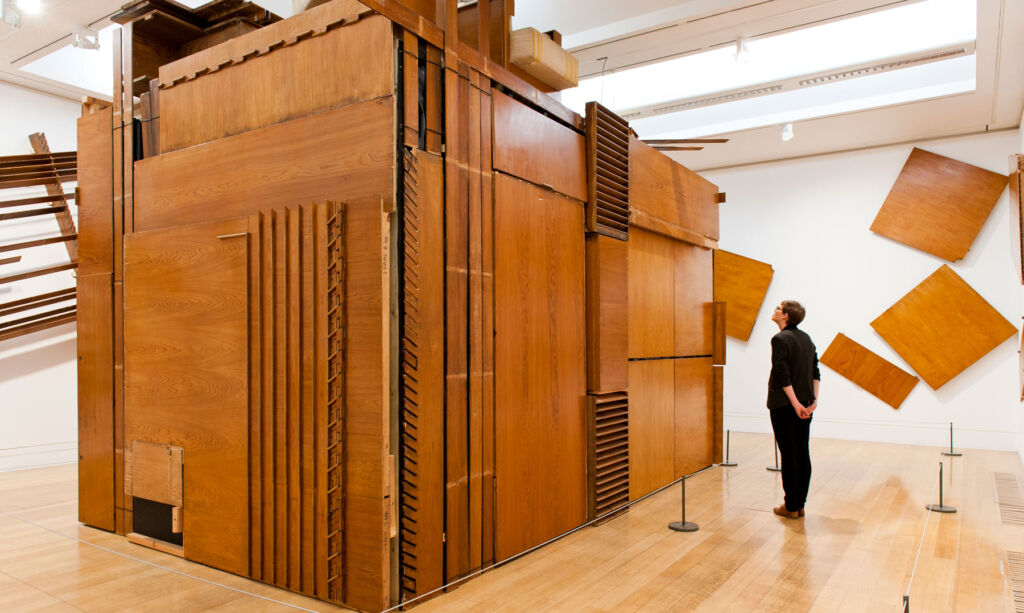 Installation at the Tate Britain.
Installation at the Tate Britain.
His turn as a lecturer in various higher education institutions such as Central Saint Martins, Goldsmiths and The Slade School of Fine Art, UCL, London, means continuous learning and keeping on his toes are all part of his journey as an artist.
“The reason I chose the range of mediums I work with is to give myself a level of discomfort. Not being an expert in, let’s say, videography means I have to learn something new and think very carefully about what I’m doing, as opposed to working with just one medium, which becomes second nature and just a habit and working within that medium’s limitations. I like to work with unrealistic expectations from the medium I choose to work with!”
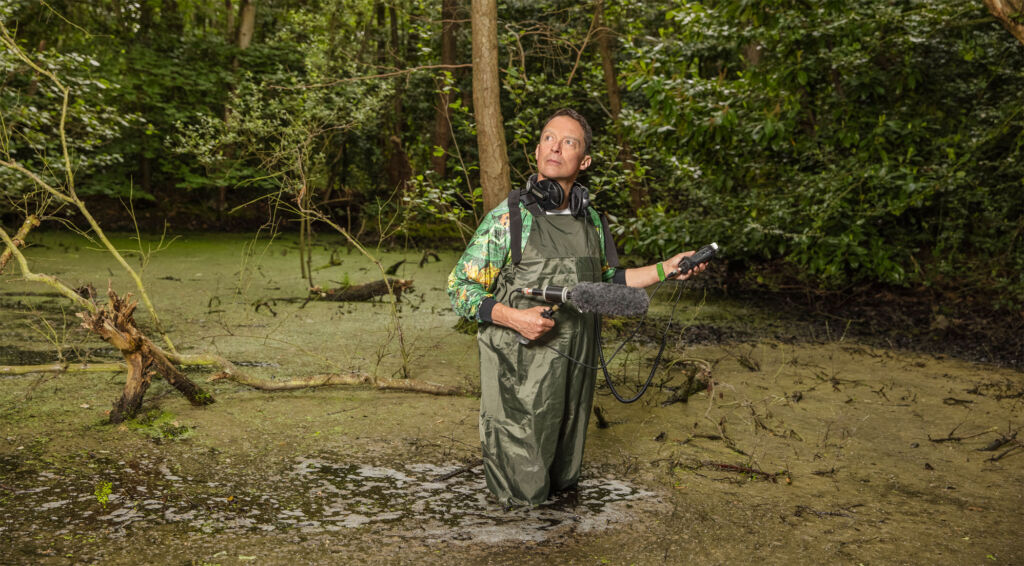
It was during his research into the dream state that he became aware of the Senoi people, an indigenous community living in Malaysia where dreams play an important role in their daily lives.
“The Senoi people use dreams to decide when to harvest and hunt for food,” he says with amazement, adding that in Western cultures today, sleeping or resting is somewhat seen as a sign of failure.
“Some indigenous people might see dreams as a connection to their ancestors or a way that nature communicates knowledge to them,” he says, adding that intergenerational trauma – the way ancestors communicate their pains or joys through our bodies in the present – also must manifest itself in dreams.
His current project, supported by The British Council’s Connections Through Culture Programme, addresses the under-explored subject of dreaming in the Western world.
Among the works in this exhibition is ‘Sleepers’, a video which is made up of over 100 slide photographs taken by amateur photographers between the years 1950 to 1980 and shows people sleeping in various places and positions.
Suggesting a collective unconsciousness not unlike what Carl Jung believed in, the artwork implies a sleep-deprived populace exhausted from the constant demands of work and making a living.
If existing within a matrix is the status quo, then Chodzko invites you to wake up and see the world as it really is instead of functioning just on auto-pilot.
“There are times when we glimpse that the whole of our reality is precarious and constructed by chance – from the past choices we make and others make for us. And yet we exist in our current reality as if there is no other way.”
He adds that dreams are a reminder that there are alternate realities going on around us and that dreams are also very democratic, where one doesn’t need any formal art education to have incredible dreams. “You can be old or young or have a disability, and you are still able to dream creatively, with extraordinary leaps of imagination.”
Despite his intense interest in dreams, Chodzko isn’t a fan of the Surrealist movement, which uses dreams as its main inspiration. “I find it naff and cheesy, and I’m not crazy about it. I think that there is another way in which art can deal with dreams.”
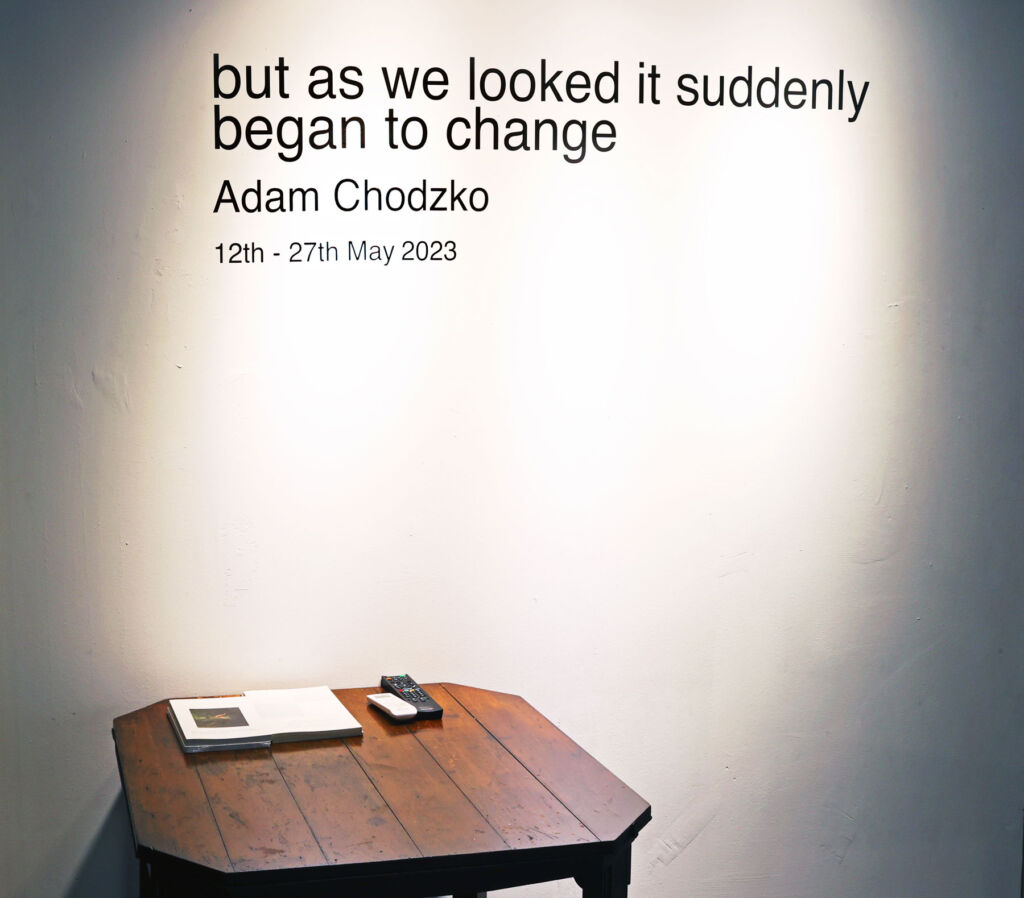
Similarly, Chodzko doesn’t really subscribe to the notion of interpreting one’s dreams with a dream dictionary. “I believe everyone’s dream is individualised. If you dream about a black dog, it has a completely different association and meaning than someone else who dreams about a black dog.”
Although he doesn’t always remember all his dreams, Chodzko usually does remember the last 5 minutes. “I feel there’s a much larger narrative which I don’t recall. But when I was younger, I could remember the whole epic dream.”
He thinks humans dream because the human mind is inclusive and diverse and expands into other kinds of realities, whereas our everyday reality tends to narrow down our framework and simplify things for us. “Dreams compensate for our narrowed down and specialised world.”
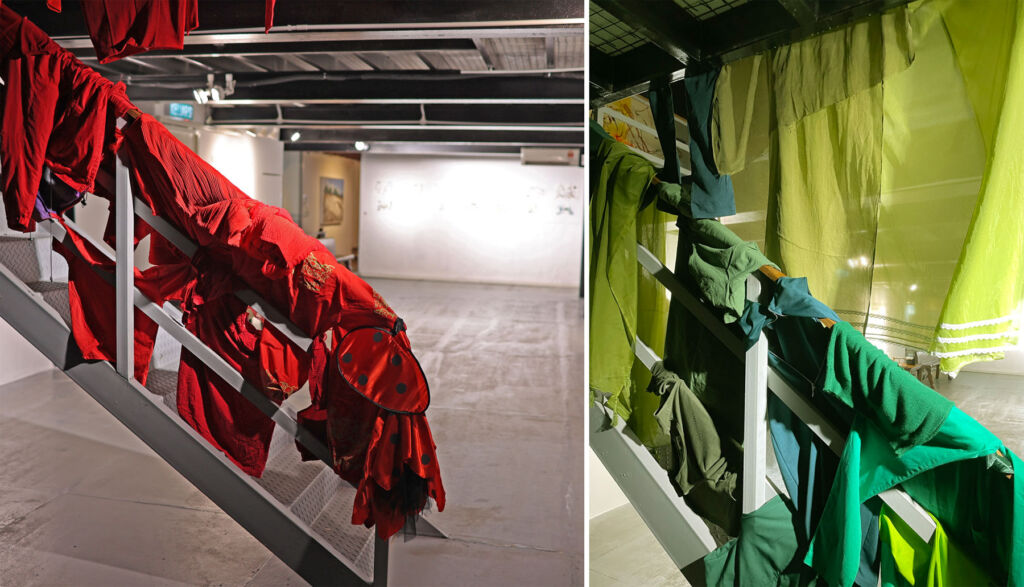 White Magic (2023) with red cloth and green cloth at the Wei-Ling Gallery.
White Magic (2023) with red cloth and green cloth at the Wei-Ling Gallery.
As an artist who expresses himself in various mediums, does Chodzko have a preferred one? “I like all of them, but I think partly what I’m very interested in is placing one work next to another and watching how they begin to connect with each other, even connecting two apparently contradictory ideas or works. It’s like a spirit moving through the spaces and using one piece of work to inform another work.”
And what does Chodzko think art serves in society at large? “We have this constructed reality which I find precarious. For instance, if things happened slightly differently, say, 50 years ago, we wouldn’t be where we are now.
When I’m making art, I find it useful to think that in another reality, this activity wouldn’t be called Art; instead, it would become an everyday method of communication between all of us.
So, instead of having a conversation, we would give each other these objects we’d made or create these drawings, and it wouldn’t be framed in the context of art but just would be our normal everyday way of expressing engagement with the world and each other.”
“I find it useful to think like that as it gives me hope. I think it shows our capacity to change behaviourally and transform what we value and care about.”
“Art gives us glimpses into other realities and other ways of being and other ways of interacting with the world. It is a giving of love with the possibility and expectation that others will enjoy it. Even cooking a dish is art – I believe art is giving and sharing experiences.”
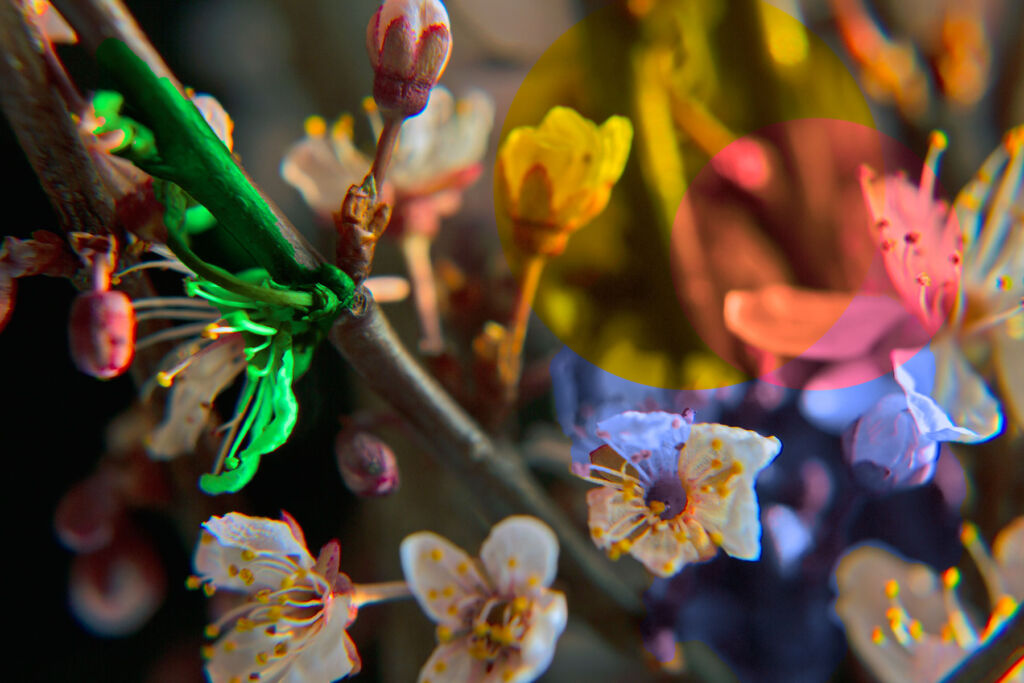 Chodzko Buds.
Chodzko Buds.
Chodzko’s inspiration comes from various sources, and it’s not where you might think. From interactions with others, shifts of feelings, things he notices around him, being in a particular mood and what others talk about or, more importantly, what they avoid talking about.
“I’m also inspired by subjects that seem incredibly boring where I question: why is it so boring to me?” he reveals, adding that he analyses why he finds it such. “There must be something in it which makes me want to avoid it, and then it almost becomes a challenge for me to make art out of something so apparently lacking in interest.”
What message did he want to convey in this exhibition? “It references our relationship to dreams and encourages our ability to look deeply. I am partly making the work empathising with the viewer to suggest that looking is not a passive thing but something active. As we look at the artwork, our active perception transforms it.”
Chodzko states that different people have hugely varying interpretations and memories of the same object or event.
“It’s incredibly subjective how we interpret the world. I offer the suggestion that through nurturing different ways of looking at the artwork, our perception of the world changes over the course of time…what should be solid and static and constant actually isn’t because as we look at it, the thing changes.”
For further information, please visit www.weiling-gallery.com.
Read more exclusive interviews and profiles here.

![]()

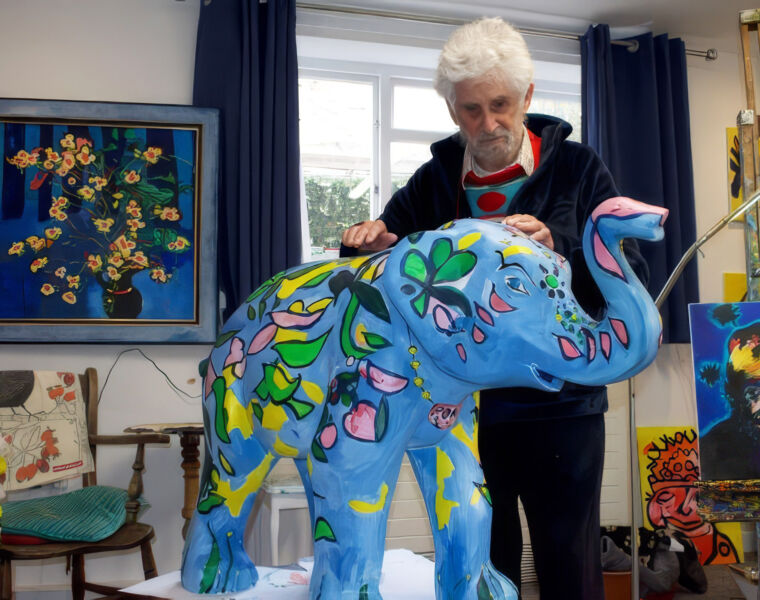
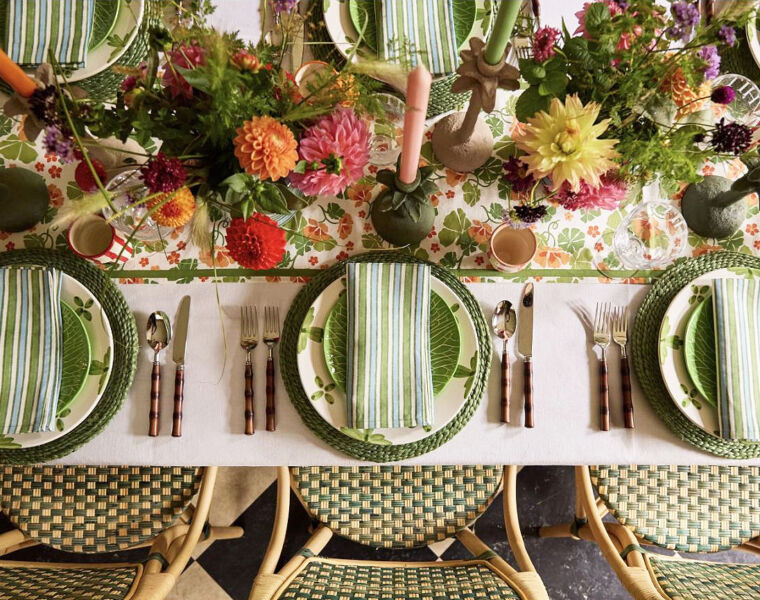
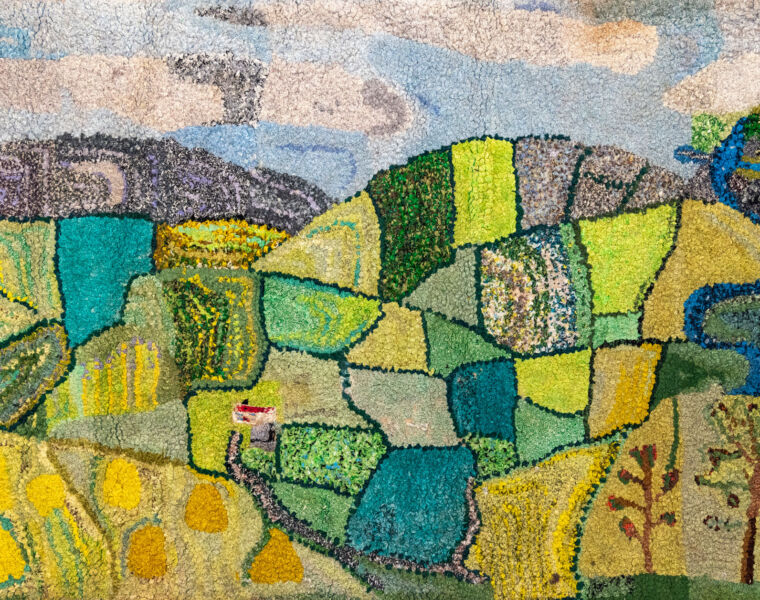
You must be logged in to post a comment.